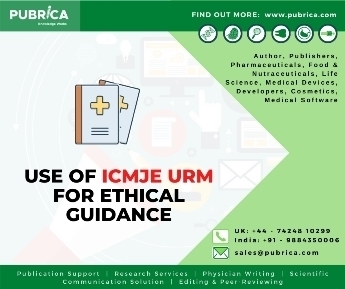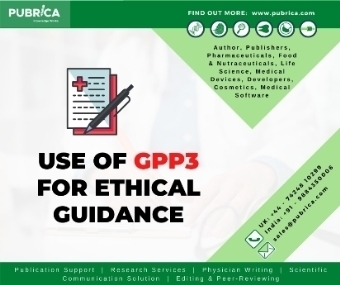
Visually Brief your Audience with Graphical Abstracts
November 2, 201810 ways to seek free journal rankings
November 2, 2018The murky side of publishing
Counterfeit publishers with avaricious motives are on the loose. Here is sage advice for novice researchers to steer clear of predatory journals.
Management schools profess the notion that when you have polished your business model and proved that the model releases revenue and profits then the last thing you want to do is to lay back and take it easy to see those profits kick in. You need to be constantly alert for contenders wanting to grab your market’s pie share with similar or much better services. As a matter of alertness or vigilance, business persons and entrepreneurs are motivated to go beyond the confines of their revenue prototypes to make sure they are increasing their potential profits.
Considering such murky profiteering, the growth of fake conferences is nothing but a logical offshoot of the counterfeit journal publishing model. If you can persuade newbie researchers to hand in outrageous article processing charges (APCs) to fake journals to have their research published, why not set up a completely sham event and invite few speakers to join for a nominal processing charge.
The other face of scientific publishing
If publication is yardstick of credibility, then the focus is on publishing (or supplying) as many papers as possible to meet that demand (or yardstick) instead of focusing on quality and authenticity of research. The solution is indeed open access model where researchers pay for submission charges so that journals wouldn’t have to charge subscription fees. In this model of publishing, the submission fees covers operating costs as well and the paper reaches a wider marketing and even free of charge.
Despite the presence of open access publishing, nefarious institutions set up fake publishing firms to take advantage of newbie and sincere researchers. These firms resembled authentic ones and charged researchers a fee. All for what? For nothing, Yes, no process, no peer review, etc.; hence, poor quality floods the publishing terrain today.
The case of the hyphen
The New York Times (TNYT) wrote an article on the daring 2013 faux conference “Entomology-2013.” The actual event was hosted by The Entomological Society, was named “Entomology 2013.” The subtle variation? The uncanny positioning of a hyphen. These kind of fake conferences are also called faux events.
Researchers be wary
The debatable question is this: is open access publishing to blame for the nefarious activities of faux conferences and predatory publishers? Newbie researchers and academic faculty often fall prey to bogus schemes of predatory publishers.
Modern day computer technology makes it easier for fake publishers but technology makes it transparent to decipher the counterfeit from genuine. Hence, you must trust but also verify.



